Due to its location on strategic military and commercial routes at the head of the Gulf of Corinthia on the narrow stretch of land connecting mainland Greece to the Peloponnese, Corinthia became rich and powerful in antiquity. The city was protected by the Acrocorinth, a towering citadel on a rock pinnacle standing about 300 to 400 metres above the surrounding plains. Riches never last though, and the Greek citadel was eventually overpowered by the Romans, destroyed and then rebuilt around 150 AD. Occupied alternatively by Frankish crusaders, Byzantine commanders, Venetians, Ottoman rulers and Greek freedom fighters, the fortress today is abandoned and mostly ruined. One thing remains untouched however : the commanding view. See for yourself.
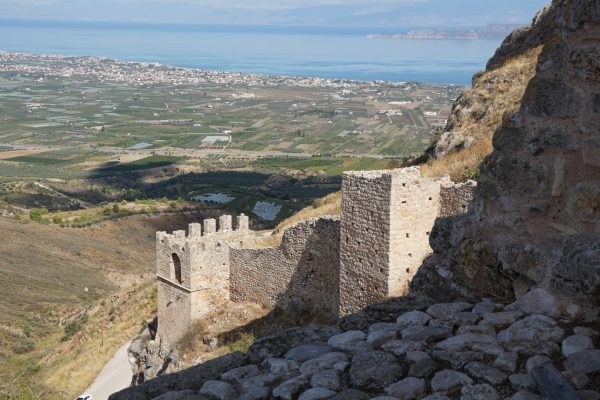
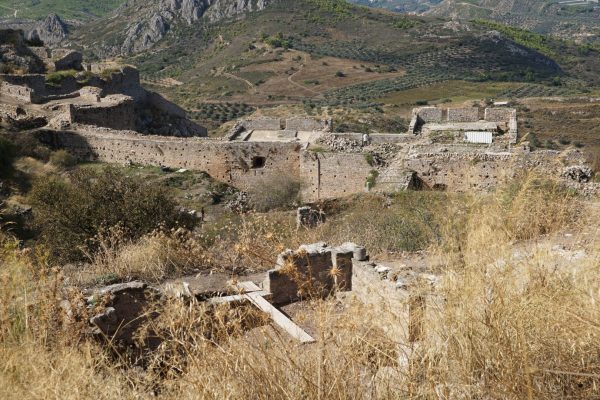
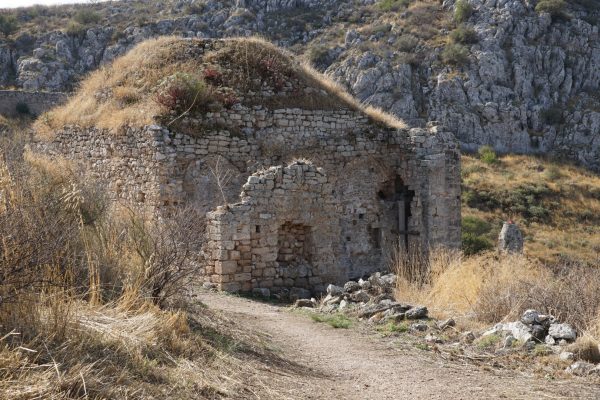
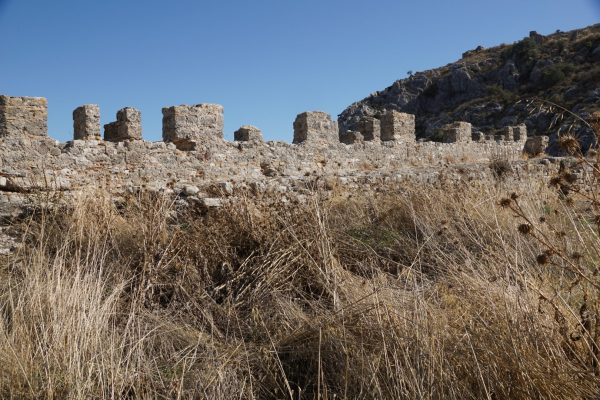
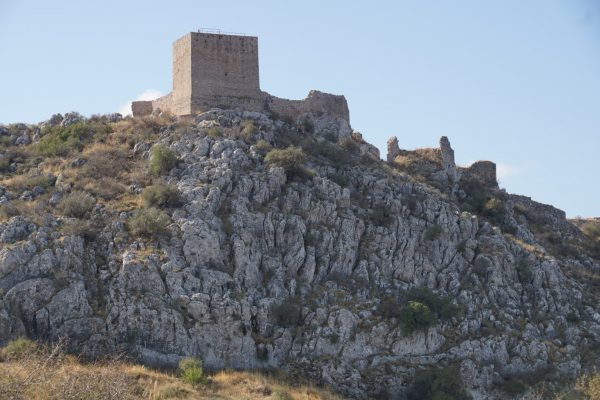
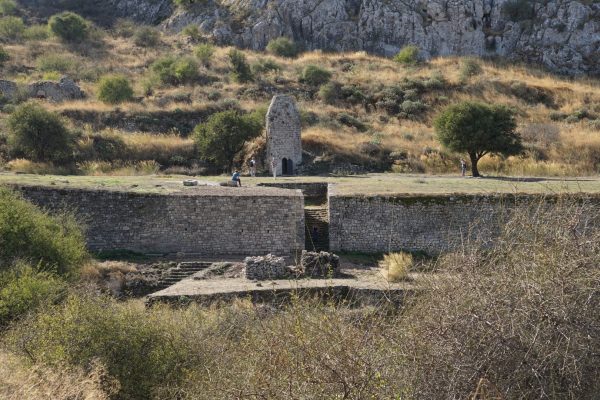
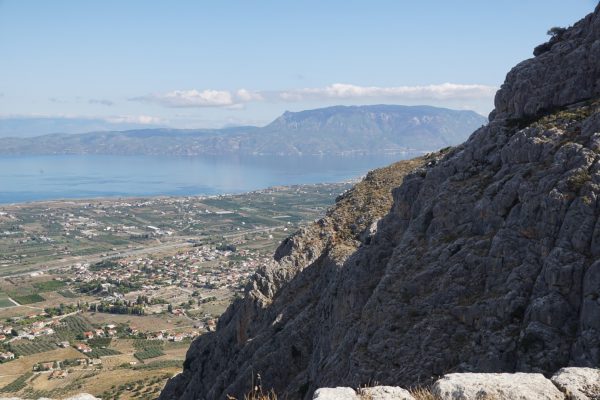
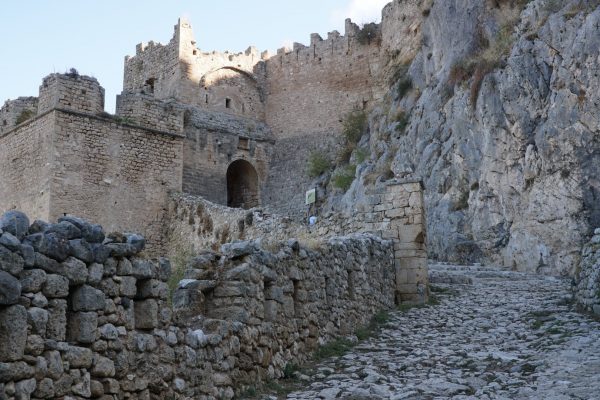
Par sa position sur des voies militaires et commerciales sur le golfe de Corinthe et sur l’isthme reliant la Grèce continentale au Péloponnèse, la cité de Corinthe est devenue riche et puissante dans la Grèce Antique. La ville était protégée par une forteresse située au sommet d’un mont dominant le pays d’environ 300 à 400 m. Les richesses, comme les empires, ne durant pas, la citadelle et la cité ont été prises par les Romains et détruites, avant d’être successivement rebâties et démolies par les occupants successifs – les Croisées, les Byzantins, les Vénitiens les Ottomans et les révolutionnaires grecs. Peu de choses restent mais le panorama dominant la plaine aux alentours est saisissant.